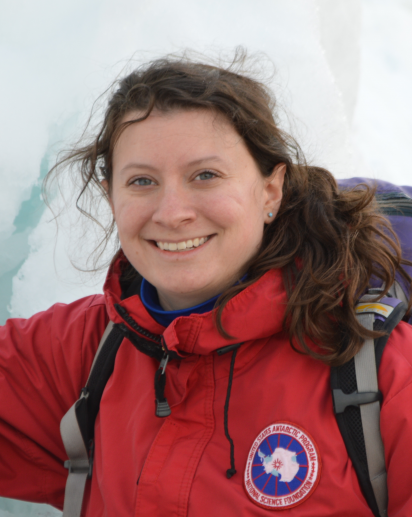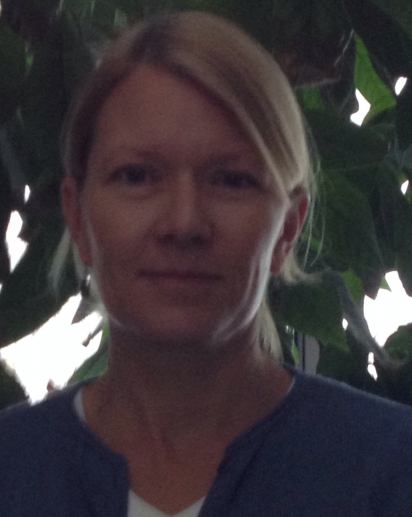Fox, C.A., Reo, N.J., Fessell, B. and Dituri, F. 2022. Native American Tribes and dam removal: restoring the Ottaway, Penobscot and Elwha rivers. Water Alternatives 15(1):13-37.
Sneddon, C., Magilligan, F. and Fox, C. 2021. Peopling the environmental state: river restoration and state power. Annals of the American Association of Geographers 111(6):
Fox, C. and Sneddon, C. 2020. Local knowledges and environmental governance: making space for alternative futures in the Arctic circumpolar region and the Mekong River Basin. In, Environmental Geopolitics: A Research Agenda, ed., S. O’Lear, Edward Elgar Publishing.
Fox, C. and Sneddon, C. 2019. Political borders, epistemological boundaries, and contested knowledges: constructing dams and narratives in the Mekong River Basin. Water, 11(3), 413; https://doi.org/10.3390/w11030413
Fox, C. 2020. River Basin Development. In, International Encyclopedia of Human Geography, 2nd edition. ed., A. Kobyashi, Elsevier.
Fox, C., Reo, N., Turner, D., Cook, J., Dituri, F., Fessell, B., Jenkins, J., Johnson, A., Rakena, T., Riley, C., Turner, A., Williams, J., Wilson, M. 2017. “The river is us; the river is in our veins”: redefining river restoration in three Indigenous communities. Sustainabilty Science 12(4):521-533.
Fox, C., Sneddon, C. and F. Magilligan. 2016. “You kill the dam, you are killing a part of me”: the environmental politics of dam removal. Geoforum 70: 93-104.
Sneddon, C.S.; Magilligan, F.J. and Fox, C.A. 2017. Science of the dammed: Expertise and knowledge claims in contested dam removals. Water Alternatives 10(3): 677-696.
Magilligan, F.J., Sneddon, C.S., and Fox, C.A. 2017. The social, historical and institutional contingencies of dam removal. Environmental Management 59(6): 982-994.
Magilligan, F.J., Sneddon, C.S, Fox, C.A. 2018. The socio-geomorphology of river restoration: Dam removal and the politics of place. In, Doreen Massey: Critical Dialogues, M. Werner, J. Peck, R. Lave, and B. Christophers, eds. New York: Columbia University Press (Agenda Publishing).
Sneddon, C. and C. Fox. 2014. A Genealogy of the Basin: Scalar Politics and Identity in the MekongRiver Basin. In, Negotiating Water Governance, eds, A. Cohen and E. Norman. Ashgate.
Magilligan, F., Nislow, K., Graber, B., Chipman, J., Sneddon, C. & Fox, C. 2016. River restoration by dam removal: assessing riverine re-connectivity and watershed resilience at a regional scale. Elementa: Science of the Anthropocene.
Sneddon C. and C. Fox. 2012. Inland capture fisheries and the industrial river basin: a political economy of Mekong fisheries. Journal of Agrarian Change 12(2-3): 279-299.
Fox, C. and C. Sneddon. 2007. Transboundary river basin agreements in the Mekong and Zambezi basins:enhancing environmental security or securitizing the environment? International Environmental Agreements 7: 237-261.
Fox, C. and C. Sneddon. 2005. Flood pulses, international watercourse law, and common pool resources: a case study of the Mekong Lowlands. Research Paper No. 2005/20. Expert Group on Development Issues. United Nations University – World Institute for Development Economics Research.
Sneddon, C. and C. Fox. 2012. Water, geopolitics and economic development in the conceptualization of a region. Eurasian Geography and Economics 53(1): 143-160.
Sneddon, C. and C. Fox. 2006. Rethinking transboundary waters: A critical hydropolitics of the Mekong basin. Political Geography 25: 181-202.
Magilligan, F.J., Sneddon, C.S., and C. Fox. 2016. The Era of Big Dam Building: It Ain’t Over Till It’s Over. In, The Politics of Fresh Water: Access, Conflict and Identity. Earthscan Studies in Water Resource Management Series.
Sneddon C. and C. Fox. 2011. Cold War technopolitics, the US Bureau of Reclamation and emergence of the "modern" river basin, 1950-1970. Political Geography 30(8): 450-460.
Sneddon, C. and C. Fox. 2008. River-basin politics and the rise of ecological democracy in Southeast Asia and Southern Africa. Water Alternatives 1(1): 66-88.
Sneddon, C. and C. Fox. 2008. Struggles over dams as struggles for justice: the World Commission on Dams(WCD) and anti-dam campaigns in Thailand and Mozambique. Society & Natural Resources: An International Journal 21(7): 625-64.
Fox, C. and N. Kohler. 1999. Ecological and Social Sustainability in International River Basins: LocalParticipation in Natural Resource Planning in the Xe Kong and Se San River Basins of Laos, Cambodia, and Vietnam. SYLFF Working Papers (12). Tokyo: Global Foundation for Research and Exchange
Sneddon, C. and C. Fox. 2007. Power, development, and institutional change: participatory governance in the Lower Mekong Basin. World Development 35(12): 2161-2181.
Fox, C. 2009. River Basin Development. In, International Encyclopedia of Human Geography. Elsevier Publishers.


















